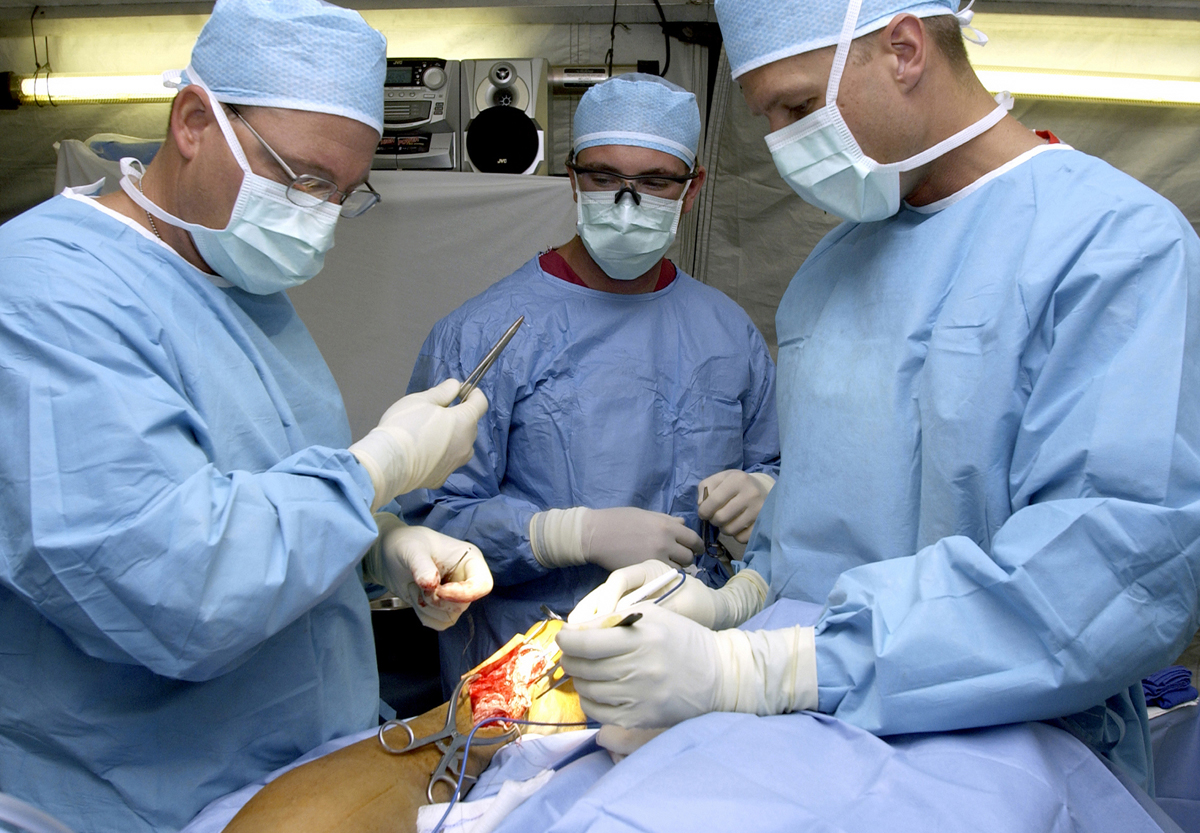
Photo from academic.microsoft.com
Transoral thyroidectomy (TOT) represents reasonably the desirable minimally invasive approach to the gland due to the scarless non-visible incisions, the limited distance between the gland and the access that minimize… Click to show full abstract
Transoral thyroidectomy (TOT) represents reasonably the desirable minimally invasive approach to the gland due to the scarless non-visible incisions, the limited distance between the gland and the access that minimize tissue dissection and respect of the surgical anatomical planes. Patients are routinely selected according to an extensive inclusion criteria: (I) ultrasonographically (US) estimated thyroid diameter not larger than 10 cm; (II) US gland volume ≤45 mL; (III) nodule size ≤50 mm; (IV) a benign tumor, such as a thyroid cyst, single-nodular goiter, or multinodular goiter; (V) follicular neoplasm; (VI) papillary microcarcinoma without lymph node metastasis. The operation is realized through median, central approach which allows bilateral exploration of the thyroid gland and central compartment. TOT is succeed both endoscopically adopting ordinary endoscopic equipments or robotically. In detail three ports are placed at the inferior oral vestibule: one 10-mm port for 30° endoscope and two 5-mm ports for dissecting, coagulating and neuromonitoring instruments. Low CO2 insufflation pressure is set at 6 mmHg. An anterior cervical subplatysmal space is created from the oral vestibule down to the sternal notch, laterally to the sterncleidomuscles similar to that of conventional thyroidectomy. TOT is now reproducible in selective high volume endocrine centers.
Journal Title: Gland surgery
Year Published: 2017
Link to full text (if available)
Share on Social Media: Sign Up to like & get
recommendations!